The Minnesota Supreme Court recently issued a decision in Windcliff Association, Inc. v. Breyfogle that has important implications for homeowners’ associations (HOAs). The case involved a dispute over the interpretation of a restrictive covenant in the Association’s governing documents.
A restrictive covenant is a legal limitations on how someone can use their property. For example, a restrictive covenant might prohibit homeowners from building certain types of structures on their property, or it might require them to maintain their property in a certain way.
In the Windcliff case, the HOA argued that a restrictive covenant in the Association’s declaration prohibited homeowners from building structures on their property that were larger than 1,200 square feet without prior approval from the HOA. The homeowners, the Breyfogles, argued that the covenant was ambiguous and did not clearly prohibit larger structures.
The court of appeals agreed with the Breyfogles, finding that the restrictive covenant was ambiguous, and that the intent of the covenanting parties could not be determined solely from the language of the declaration itself. Instead, the court looked to extrinsic evidence, such as the testimony of the person who drafted the covenant. Extrinsic evidence is evidence that is not contained within the text of a document, but rather comes from outside sources, such as testimony or other documents.
The Minnesota Supreme Court affirmed the decision of the court of appeals and remanded the case to the district court for a jury to decide the meaning of the ambiguous restrictive covenant. The jury will be instructed to attempt to resolve the ambiguity from the extrinsic evidence offered by the parties. If extrinsic evidence cannot show that one party’s interpretation is more likely than the other, the jury should interpret the language of the covenant narrowly, and in favor of the homeowner’s free use of their land.
This decision has important implications for HOAs because it emphasizes the importance of clearly drafted and unambiguous governing documents. If a restrictive covenant in an HOA’s declaration or bylaws is ambiguous, it may be difficult for HOAs to enforce it. In addition, the decision highlights the importance of relying on extrinsic evidence, such as the intent of the covenanting parties, when interpreting ambiguous restrictive covenants.
Overall, the Windcliff decision serves as a reminder to HOAs to carefully draft and interpret restrictive covenants, and to seek the advice of legal counsel when doing so. Failure to do so may result in disputes over the meaning of restrictive covenants, which can be time-consuming and costly to resolve.
Many governing documents, especially older ones, include ambiguities but these can often be remedied with a simple amendment. If you have any questions about what your governing documents mean, or would like reassurance that your HOA is acting within its authority, please don’t hesitate to contact SJJ.
STAY UPDATED
Enter your email below to be included on our newsletter!
